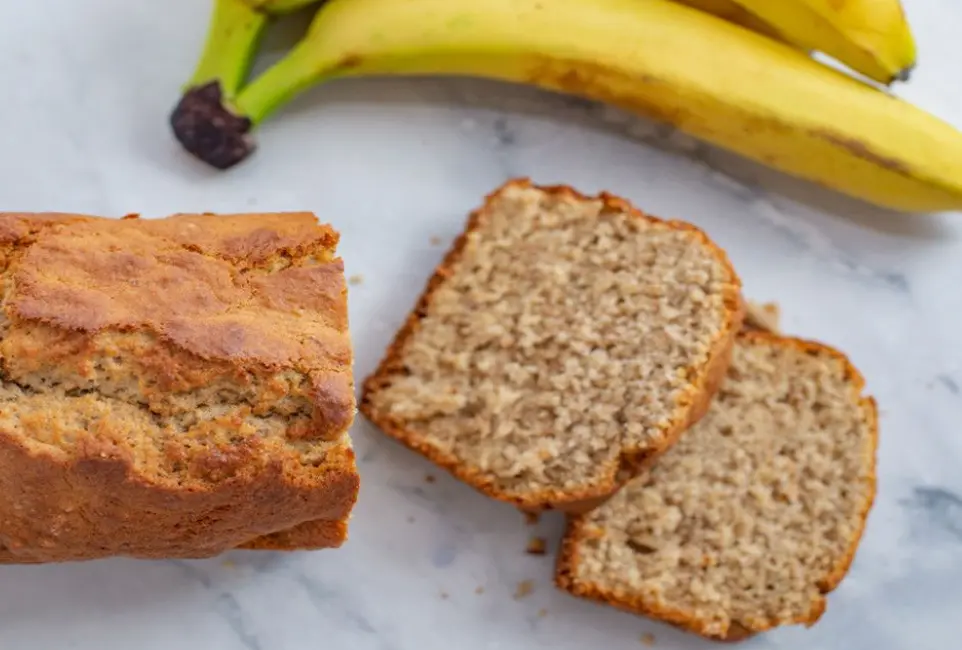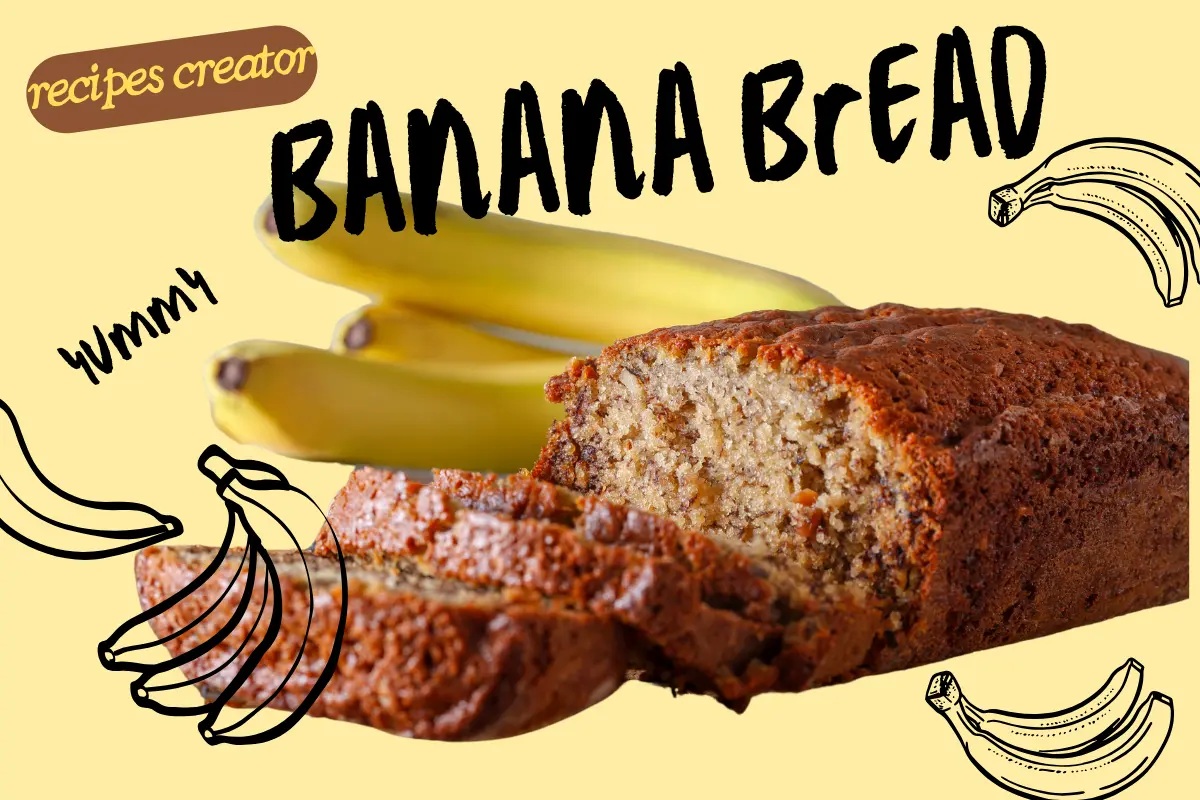Introduction to Banana Bread
Banana bread, a timeless classic, offers warmth and comfort with every bite. Its rich history and simple ingredients make it a favorite among bakers of all levels.
Choosing the Right Ingredients
Every great banana bread starts with the right ingredients. From the ripeness of the bananas to the type of flour and sweeteners, each component plays a crucial role.
The Importance of Overripe Bananas
Overripe bananas are the secret to moist and flavorful banana bread. Their natural sweetness and soft texture are ideal for baking.
Flour Choices and Variations
Whether you prefer all-purpose, whole wheat, or gluten-free options, the flour you choose can significantly affect the texture of your banana bread.
The Timeless Appeal of Banana Bread
Banana bread, oh so comforting and delicious, has nestled its way into our hearts and homes, becoming a cherished favorite across generations.
A Brief Stroll Through History
Diving into the past, banana bread’s origins are as fascinating as its flavor. Emerging during the Great Depression, resourceful homemakers began transforming overripe bananas into this delectable loaf.
Banana Bread Today: More Than Just a Recipe
Fast forward to today, and banana bread has evolved into a canvas for culinary expression. Each variation adds a unique twist, making every loaf a reflection of personal taste and creativity.
The Joy of Sharing
Perhaps the most heartwarming aspect of banana bread is its role in fostering connections. Baking a loaf for a friend or sharing it at family gatherings creates memories that last a lifetime.
In the bustling world we live in, taking the time to bake a loaf of banana bread is a soothing escape, a way to slow down and savor the simple pleasures. So, preheat your oven, mash those bananas, and embark on a baking adventure that promises comfort, joy, and a deliciously golden loaf of banana bread.
For those eager to dive deeper into the art of banana bread making, exploring its nutritional benefits and discovering how to incorporate healthful twists can enrich your baking experience, ensuring every slice is not only tasty but also nourishing.
Stay tuned for the next part, where we’ll unravel the secrets to selecting the perfect ingredients, ensuring your banana bread is not only delicious but also a healthier option for indulging without guilt.
Ingredients and Variations: Crafting Your Perfect Loaf
The magic starts with choosing the right ingredients. Opting for overripe bananas can transform your bread, making it sweeter and more flavorful.
Mixing and Baking Techniques
Proper mixing and baking techniques are crucial for moist and flavorful banana bread. Overmixing can lead to a dense loaf, while understanding your oven is key to baking success.
Flour Power: Going Beyond the Basics
While all-purpose flour is the go-to for many, don’t be afraid to mix things up. Whole wheat flour can add a nutty depth and a bit more fiber, making your treat a tad healthier. For those navigating the gluten-free world, almond or oat flour can be your best friends, offering a delightful texture and a slight sweetness that complements the banana perfectly.
Step-by-Step Baking Guide: Ensuring the Perfect Loaf
Following a step-by-step guide can help ensure your banana bread is moist, flavorful, and perfectly textured every time.
Sweeten the Deal: Sugar Alternatives
Sugar does more than sweeten the pot; it adds moisture and a golden crust to your bread. But if you’re looking to cut down on refined sugars, there’s a whole world of alternatives. Honey, maple syrup, or even mashed dates can offer a complex sweetness and an extra layer of flavor, not to mention a more wholesome vibe to your loaf.
Eggs and Alternatives: Keeping It Inclusive
Eggs add structure and richness, but for those on a vegan journey or with allergies, there are plenty of options. A flax or chia “egg” can do wonders, and mashed bananas or applesauce can also step in to keep your bread moist and delicious.
The Fun Part: Mix-Ins and Toppings
This is where you can really let your creativity shine. Nuts, chocolate chips, blueberries, or a swirl of peanut butter can take your banana bread from good to ‘can’t-stop-eating-this’ great. And let’s not forget about toppings—a crumbly streusel or a simple glaze can add that final touch that makes your banana bread a showstopper.
Putting It All Together
Once you’ve got your ingredients lined up, it’s all about the mix. Remember, banana bread likes it gently. Overmixing can lead to a tough loaf, so fold your ingredients together until just combined for that perfect, tender crumb.
In the end, the beauty of banana bread lies in its flexibility. Whether you’re sticking to the classic recipe or venturing into new territory with your mix-ins and flour choices, each loaf is a reflection of your taste and creativity. So, grab those bananas, preheat your oven, and get ready to create a banana bread that’s all your own.
For those looking to dive even deeper into the world of baking, exploring resources like Baking Tips and Tricks can elevate your skills, ensuring every loaf is not just baked but crafted with love and expertise.
Stay tuned for our next installment, where we’ll explore the nutritional side of banana bread, offering insights and tips on how to enjoy this beloved treat in a way that’s both delicious and nourishing.



1 thought on “Ultimate Guide to Perfect Banana Bread: Tips, Tricks, and FAQs”